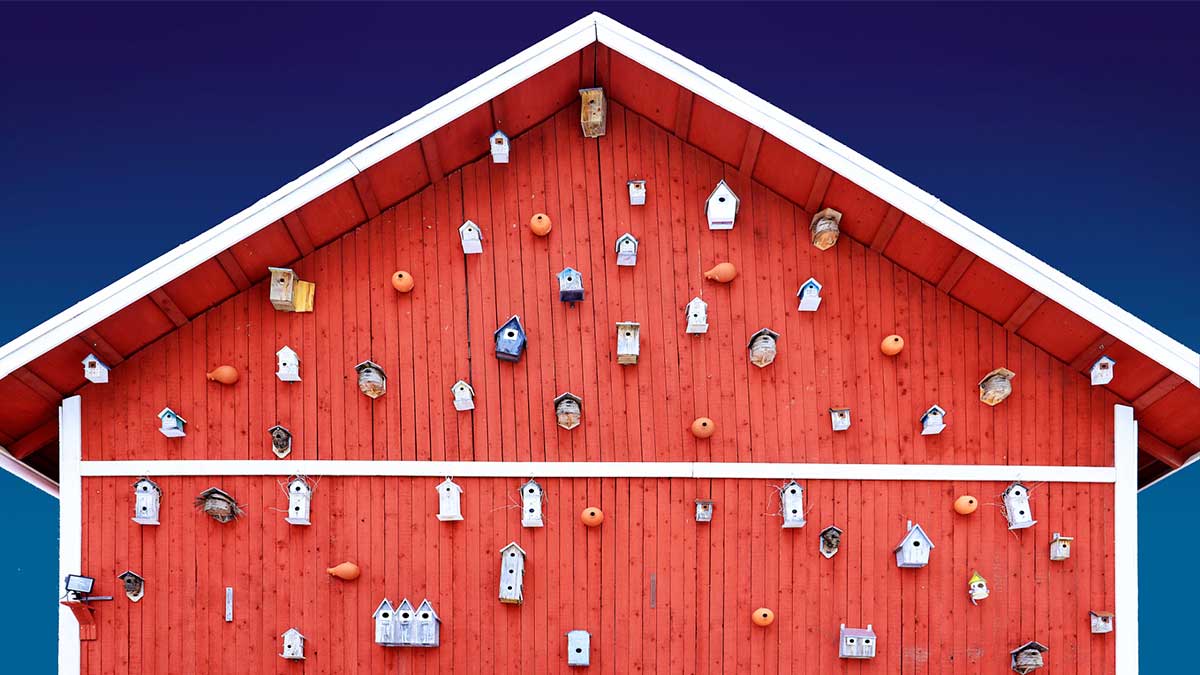To Foster Innovation, Connect Coworkers Who Share Aspirations
- by 7wData

There are three types of identities we all have as human beings. Identities of origin we are given at birth: gender, race, or religion among others. Later, we form identities of growth, those in which we seek to satisfy our emotional needs, based on our likes and dislikes. Finally, as we become more independent, we often look to make a contribution to society through our identities of aspiration.
These three sources of identity shape the communities we join and create. Communities of aspiration are especially powerful. When people who share the same ambitious goals come together, they can move mountains. While communities of origin and growth currently attract the most attention from HR leaders, we think communities of aspiration deserve more attention.
Any company that wants to improve collaboration, break down so-called siloes, or live into its diversity goals will be well-served by pursuing a deeper understanding of each. Each requires a different approach.
Communities of origin are our connection with the past; they link us to our forebears, who provided us with our first map of understanding the world. Whether we personally identify with them or not, other people will often categorize us according to them.
Whether it’s based on race, gender, religion, or country, some communities of origin experience obstacles to inclusion. Since the 1980s, some organizations have tried to eliminate these obstacles in their workplaces. One of the most common efforts has been to create affinity groups within the company for people sharing a specific identity (a “Women’s Leadership Network” for example) so that participants can mentor each other and discuss ways to overcome the shared challenges they face. For example, IBM has created its business resource groups (BRG), employee-driven units based not only on race or gender but also on issues like cross-generational differences. By 2015 the total number of such groups in IBM was at least 244 around the world. Such communities are particularly useful in recruitment, hiring, talent development, or in defining employee retention policies.
Most multinational companies now have similar BRG schemes that help achieve specific key performance indicators on how diversity of origin manifests itself in the organization.
Communities of growth offer connections to the present; they are made up of people we feel an affinity with based on our current likes and dislikes. Communities of growth may be official or semi-official – such as the company softball or soccer team – or self-organizing and informal, such as a group of employees who regularly meet up for yoga and coffee. communities often provide us with a feeling of security. They also give us maps of the world different to those of our identities of origin, which is why they change as we change, while at the same time always representing our present.
Many companies have attempted to develop friendship-based communities among employees, typically organizing activities such as weekends out, departmental Christmas parties, and so on, in a bid to create emotional ties between workers and the company. But because emotional communities are held together as much by the likes as by the dislikes of members, they can be unpredictable and difficult to manage. As a result, these emotional communities can sometimes work to the benefit of organizations, but they can just as often end up having the opposite effect, particularly when people share a dislike for certain policies, boss, or for what they consider to be an unfair situation.
Emotional groups, which represent communities of growth, are difficult to value in terms of their contribution to the organization, given their unpredictability, and it can be risky for management to try to engineer them.
We suggest that HR leaders make minimum interventions in trying to influence communities of growth.
[Social9_Share class=”s9-widget-wrapper”]
Categories
You Might Be Interested In
To Foster Innovation, Connect Coworkers Who Share Aspirations
31 Jul, 2016There are three types of identities we all have as human beings. Identities of origin we are given at birth: …
To Foster Innovation, Connect Coworkers Who Share Aspirations
31 Jul, 2016There are three types of identities we all have as human beings. Identities of origin we are given at birth: …
To Foster Innovation, Connect Coworkers Who Share Aspirations
31 Jul, 2016There are three types of identities we all have as human beings. Identities of origin we are given at birth: …
Recent Jobs
Do You Want to Share Your Story?
Bring your insights on Data, Visualization, Innovation or Business Agility to our community. Let them learn from your experience.
Privacy Overview
Get the 3 STEPS
To Drive Analytics Adoption
And manage change


